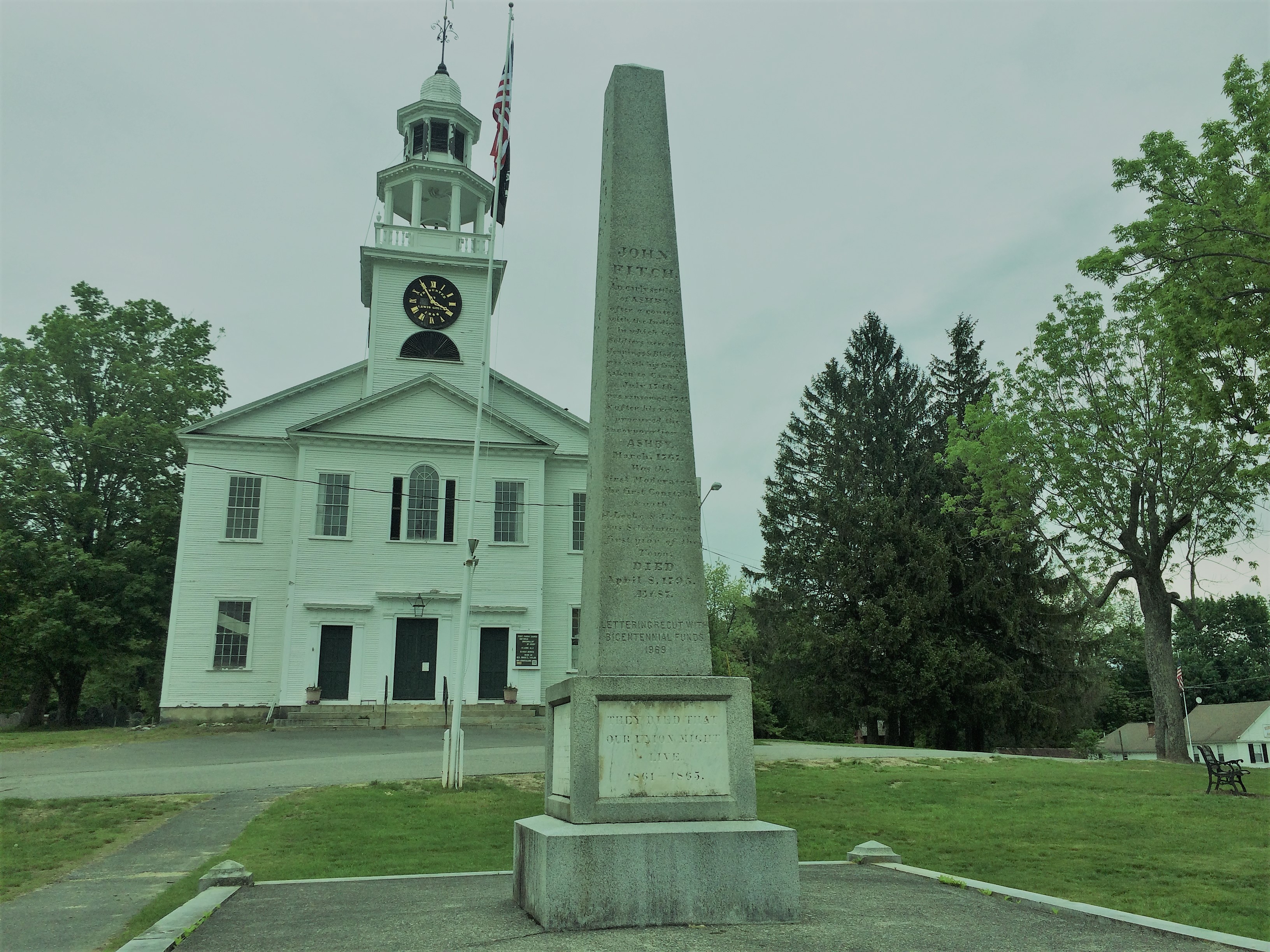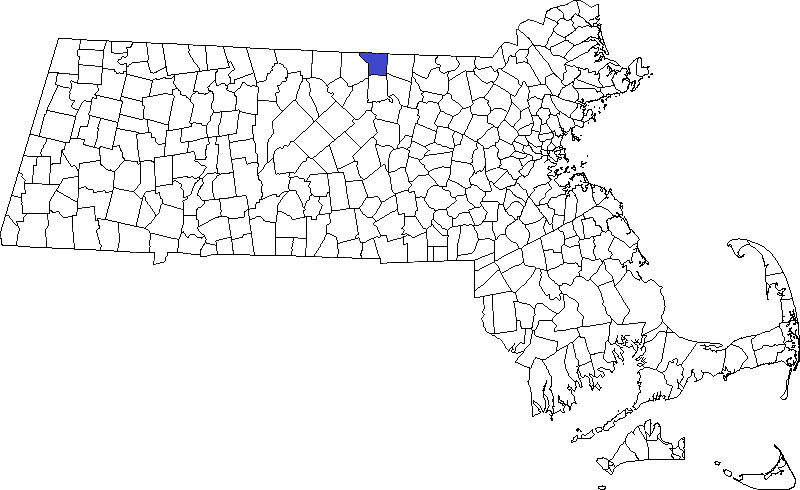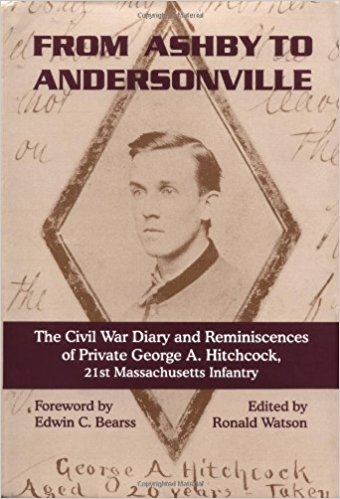
 Location: The Town Common, 840 Main Street, Ashby
Location: The Town Common, 840 Main Street, Ashby
Coordinates: 42°40’40.0″N 71°49’12.3″W
Date dedicated: June 1, 1880
Architect/sculptor: Unknown
Number of names: 17 lost in the war
The town of Ashby, in the northwest corner of Middlesex County on the New Hampshire border, sent approximately 65 men to serve in the Civil War. Among them was Private George A. Hitchcock who answered Lincoln’s call for 500,000 volunteers issued in August 1862 in the wake of the failed Peninsular Campaign. Hitchcock was assigned to a veteran regiment already in the field—the 21st Massachusetts. He and other recruits were en route to the front, passing through New York, when the regiment was engaged in its worst fight of the war at Chantilly, Virginia on September 1, 1862. But there would be more battles soon to come during the Maryland Campaign. Hitchcock caught up with the regiment in time to see his first combat in the Battle of South Mountain on September 14. He wrote of that battle in his journal:
“What were my feelings when first under fire? I was fearfully that the rebels would hit somebody and I wished they would not hit me. How did I feel? My brain was constantly telegraphing to my legs to take me down the hill [to the rear]. Yes, strange as it may seem, I did not want to be shot and I thought I might be if I remained. I was not brave and I did not want to be a coward so I watch the others and did as they did, carrying on a conflict on my own private account in my heart and with the help of God I won a victory.”
 Private Hitchcock’s journal was edited and published by Ronald G. Watson with the permission of the Ashby Historical Society in 1997. Entitled “Ashby to Andersonville,” the journal is, in this writer’s opinion, one of the best primary sources illuminating the war experiences of a Union soldier. It is wonderfully descriptive of the details of camp life and shockingly candid in its passages on combat and Hitchcock’s ordeals in Andersonville Prison.
Private Hitchcock’s journal was edited and published by Ronald G. Watson with the permission of the Ashby Historical Society in 1997. Entitled “Ashby to Andersonville,” the journal is, in this writer’s opinion, one of the best primary sources illuminating the war experiences of a Union soldier. It is wonderfully descriptive of the details of camp life and shockingly candid in its passages on combat and Hitchcock’s ordeals in Andersonville Prison.
The monument in Ashby is unique. Thinking creatively under the constraints of a small budget, the committee opted to add a new base to an obelisk erected in 1848 commemorating Ashby’s participants in the Revolutionary War. The newer base, dedicated on June 1, 1880, features four marble tablets listing the names of the 17 men from Ashby who died in the Civil War. The main inscription reads, “They Died that our Union might live, 1861-1865.”